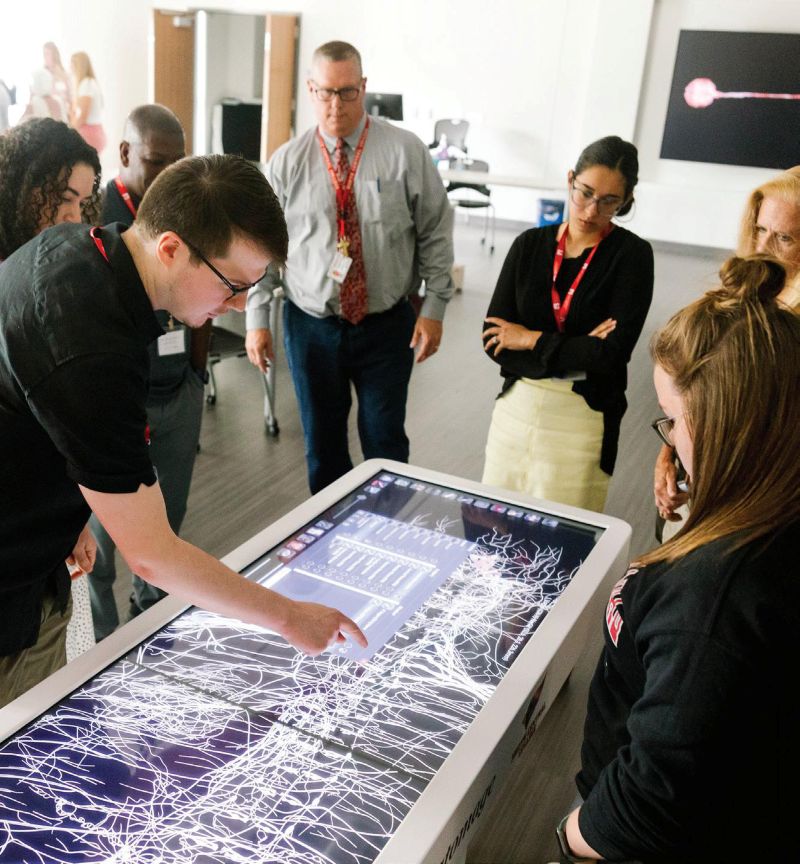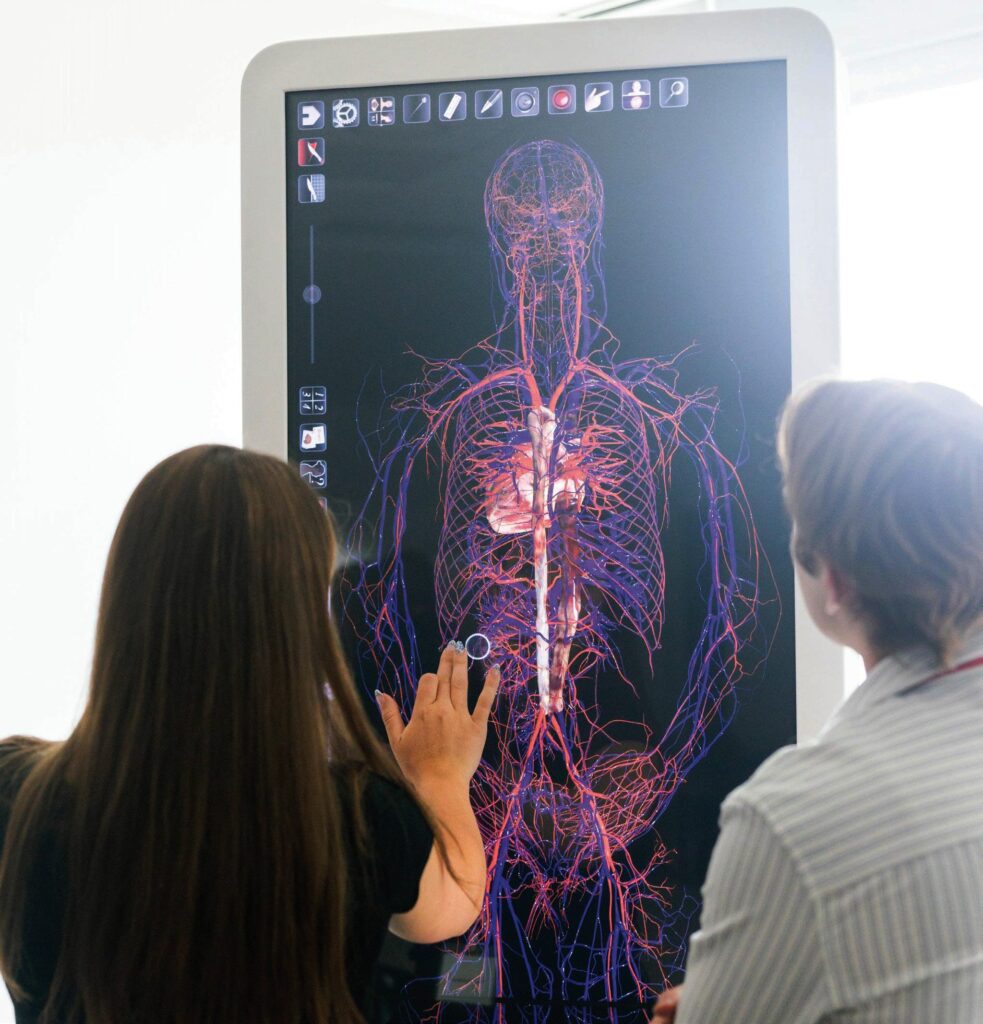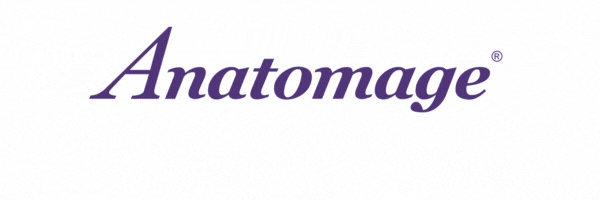Case Study: North Central College
Case Study:
North Central College
How North Central College Transformed Its PA Program Without Cadavers: A Clinically Driven Approach
An Innovative Alternative to Cadaver Labs, Rooted in Real Human Anatomy
In 2020, North Central College’s Physician Assistant Studies (PA) program sought to establish a high-quality anatomy curriculum without relying on traditional cadaver labs. Led by experienced educators, the Master of Science program made the bold decision to work exclusively with the Anatomage Table, a real-human-based anatomy and medical education platform, rather than physical cadavers. The team wanted to utilize an anatomy teaching method that prioritized clinical relevance, student engagement, and technological integration.
Challenge
Traditional cadaveric instruction, while long considered a cornerstone of medical education, isn’t always effective in training medical professionals — including one of North Central’s own board members. According to Timothy Woods, assistant professor of Physician Assistant Studies, “traditional cadaveric anatomy instruction did not meet [the board member’s] expectations and she knew there had to be a better way.”
Additionally, the school’s dean Dr. Mary Groll stated, “Healthcare workforce development requires anatomical curricular instruction, with the idealized first patient being a human cadaver. However, barriers to cadaveric dissection and prosection are prolific which include but are not limited to: the shortage and acquisition of anatomical gifts, cost, discipline specific needs, and burial/cremation of the patient.”
The PA program required a tool that could:
- Provide consistent visualization of all anatomical structures
- Support both normal anatomy learning and pathophysiology understanding
- Enable three-dimensional relationship comprehension between structures
- Facilitate clinical reasoning and diagnostic thinking
- Accommodate advanced learners who had previously taken basic anatomy courses
The program needed a single solution that could deliver comprehensive anatomical information efficiently within their intensive three-semester anatomy curriculum, one that could replicate the depth of cadaveric study while enhancing student understanding.
Solution
Dr. Groll did, in fact, know a better way to implement anatomy instruction: the Anatomage Table. The 7-foot platform, whose physical format mirrors the real-life feel of using dissection cadaver tables, offers a touchscreen interface that allows students to explore digitized real human anatomy in precise, layered detail. “The Table’s construct mimics the cadaveric experience so very well that it isn’t as challenging to put oneself into that cadaver lab,” shared Woods, who has worked with both cadavers and the Anatomage Table in previous institutions.

Since adopting three Anatomage Tables in early 2021, North Central’s PA instructors have used the Tables for both system-based structure identification and advanced radiology-based case study work. Utilized in immersive lab sessions to reinforce lecture material, the Tables help students transition from foundational knowledge to complex clinical application seamlessly. “The Anatomage virtual cadaver provides an easy and accessible solution to these challenges, adding additional evidence-based curricular content, options for faculty and student research, and community engagement through the ease of machine learning,” Dr. Groll shared.
The platform has also enabled the introduction of robust Problem-Based Learning (PBL) to the program, where students take an active role in navigating real-world clinical scenarios. When introduced to a problem, students are required to identify knowledge gaps and use the Table’s anatomical models and case library to investigate relevant structure and work collaboratively to develop differential diagnoses. They then apply what they’ve learned by performing virtual dissections on the Table, allowing them to visualize pathology in context and simulate clinical decision-making in a controlled, hands-on environment.
The Anatomage Table is so incredibly impactful... for our learning outcomes, for our curriculum. The class that we teach is so much better than it could have been without the Tables.
Timothy Woods, Assistant Professor of Physician Assistant Studies at North Central College
Results
Since North Central matriculated their first PA class, students have shown exceptional engagement and comprehension in anatomy education, and the implementation of the Anatomage Tables has contributed to some notable outcomes.

The technology has significantly elevated clinical preparedness, setting North Central’s students apart; as one second-year student noted during their clinical rotations, “I saw a gallbladder on a CT and I was the only student in the room who could identify it.” The Tables have also become a central point of engagement in the program. “The engagement is outstanding, and students continue to really enjoy it because it allows them to learn effectively,” said Woods.
With its clinical realism, interactive features, and seamless integration into the curriculum, the Anatomage Table plays a central role in North Central’s PA education, while also being adopted across the college’s health sciences programs, including Doctor of Physical Therapy and Occupational Therapy Doctorate. It continues to support immersive, clinically relevant anatomy instruction across disciplines, strengthening North Central’s ability to prepare students for real-world clinical practice across a range of healthcare fields.
All photos provided by North Central College.
